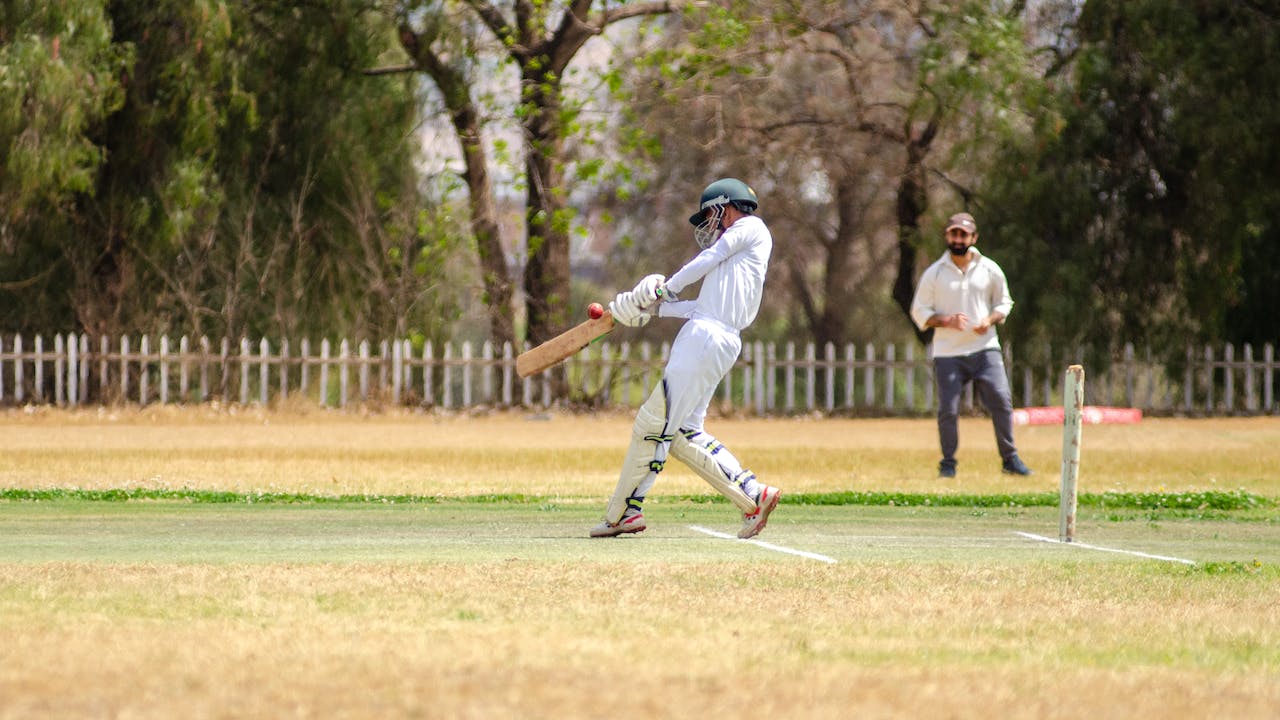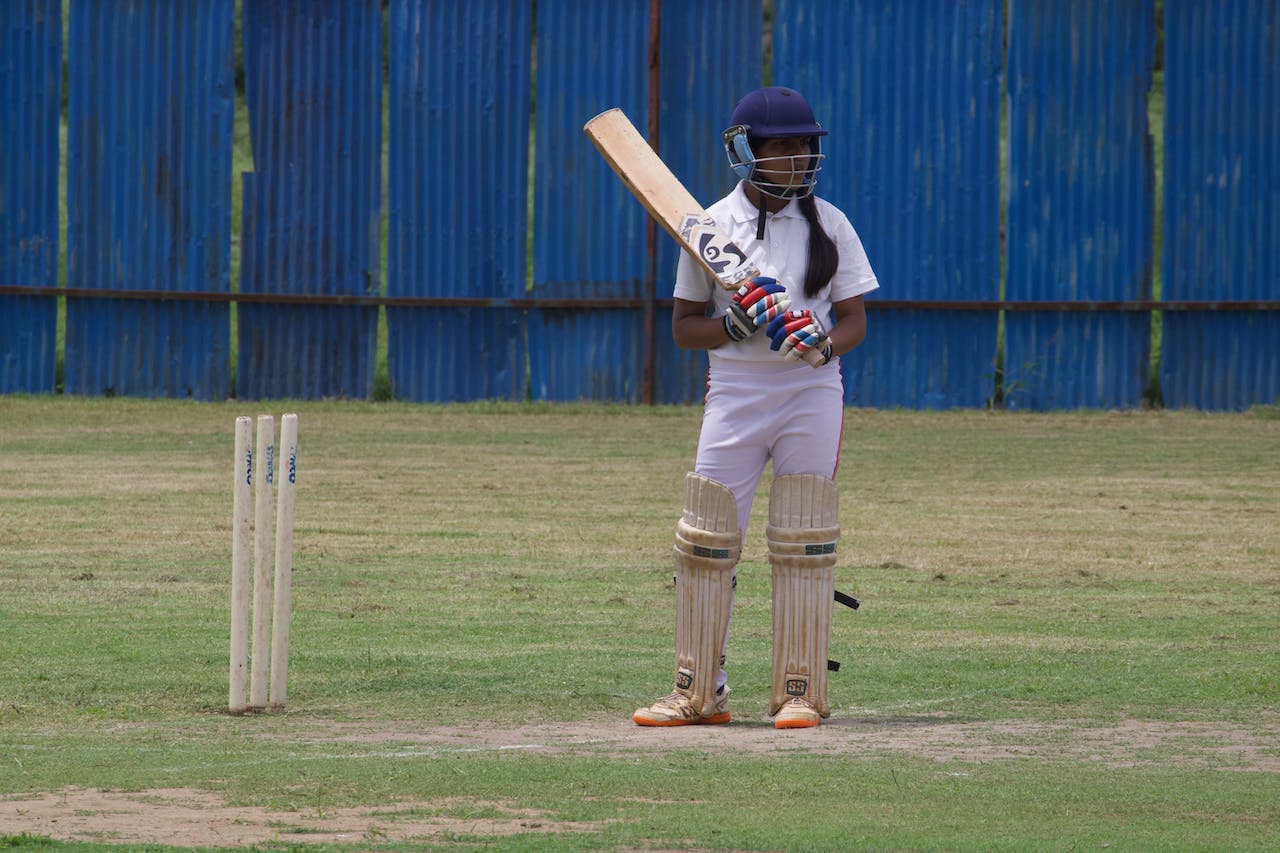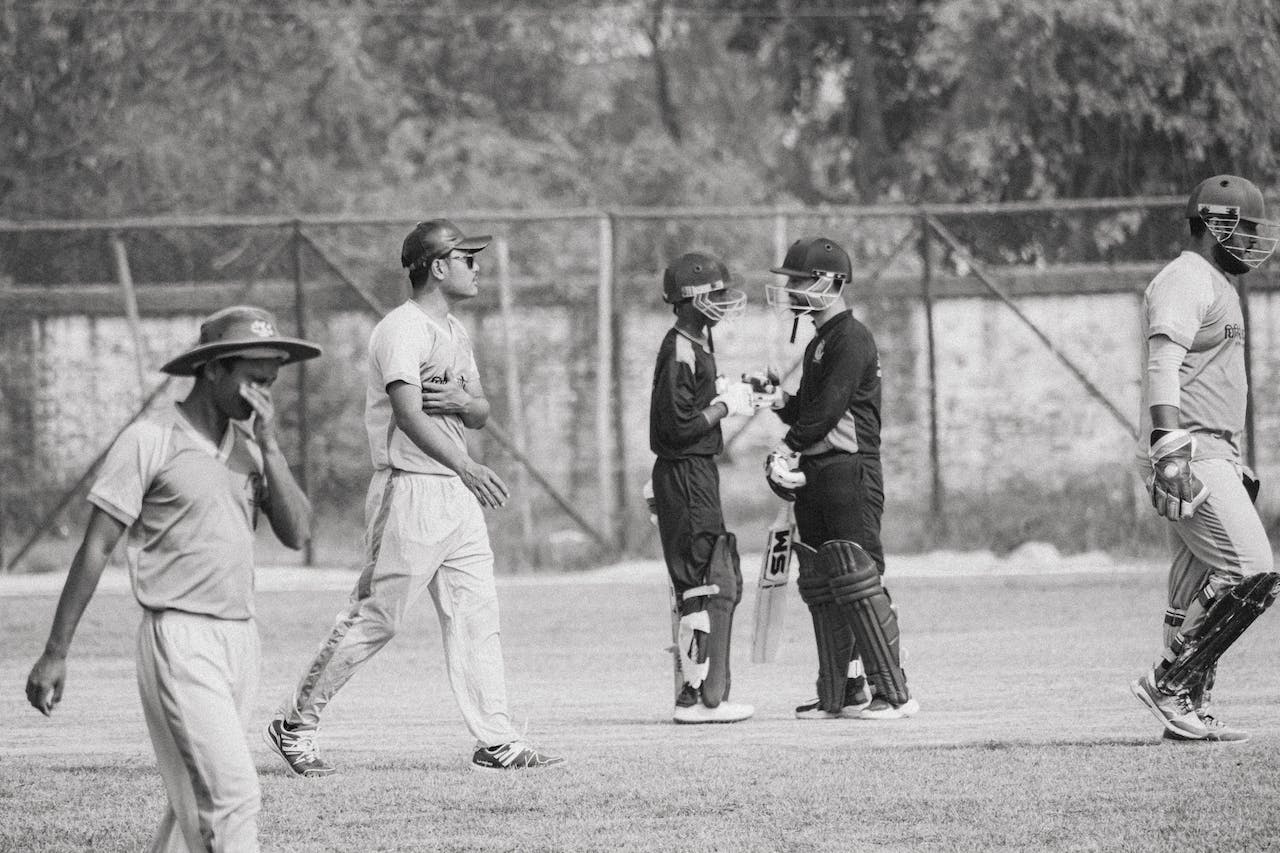The Dynamic Duo: Unveiling the Secrets of Field Hockey Sticks and Balls
Field hockey, a fast-paced and exhilarating sport, relies heavily on the perfect synergy between two essential elements: the field hockey stick and the field hockey ball. In this blog, we will delve into the intricate details of these crucial components, exploring their design, materials, and the symbiotic relationship that defines the game.
Read all the important information about Field Hockey Stick and Field Hockey Ball
The Field Hockey Stick:
The field hockey stick is more than just a piece of equipment; it’s an extension of the player’s skills and technique. Crafted with precision, modern field hockey sticks come in various shapes, sizes, and materials, each catering to different playing styles and positions.
1. **Materials Matter:**
The evolution of field hockey sticks has seen a shift from traditional wooden sticks to a variety of composite materials. Carbon, fiberglass, and Kevlar are now commonplace, offering players a blend of strength, flexibility, and lightweight performance. The choice of material often depends on the player’s preference and position on the field.
2. **Design Dynamics:**
Stick design plays a pivotal role in a player’s performance. The bow, or the curvature of the stick, varies, affecting ball control, dribbling, and power. Low bows are favored by attackers for their enhanced maneuverability, while midfielders may opt for a mid-bow for a balanced approach. Defensive players, on the other hand, might prefer a straighter stick for better control during defensive maneuvers.
3. **Grip and Feel:**
The grip of a field hockey stick is a personal choice that influences how a player handles the stick. Whether it’s a cushioned grip for comfort or a thinner grip for better control, finding the right balance is essential. Some players even add grip tape to customize the feel according to their preferences.
The Field Hockey Ball:
While the stick is a player’s companion on the field, the ball is the object of focus and precision. The field hockey ball has evolved to meet the demands of a fast-paced game that requires accuracy and durability.
1. **Material Evolution:**
Traditional leather-covered balls have given way to modern, synthetic alternatives. The contemporary field hockey ball is typically made of hard plastic, offering durability and consistent performance on various playing surfaces. The seamless design ensures smooth, predictable ball movement.
2. **Color Coding:**
Field hockey balls come in a variety of colors, with white and orange being the most common. The choice of color often depends on the playing surface and weather conditions. White balls are preferred on artificial turf, while orange balls may be used on natural grass to enhance visibility.
3. **Size and Weight:**
Standardization is crucial in field hockey, and this extends to the size and weight of the ball. A standard field hockey ball weighs approximately 156 grams, and its circumference is about 224 millimeters. These specifications ensure uniformity in gameplay and help players develop consistent skills.
Conclusion:
In the dynamic world of field hockey, the stick and ball form a partnership that defines the sport. As technology continues to advance, so too will the design and materials used in these essential components. Whether you’re a seasoned player or a newcomer to the game, understanding the nuances of your field hockey stick and ball can elevate your performance and deepen your appreciation for this thrilling sport.



